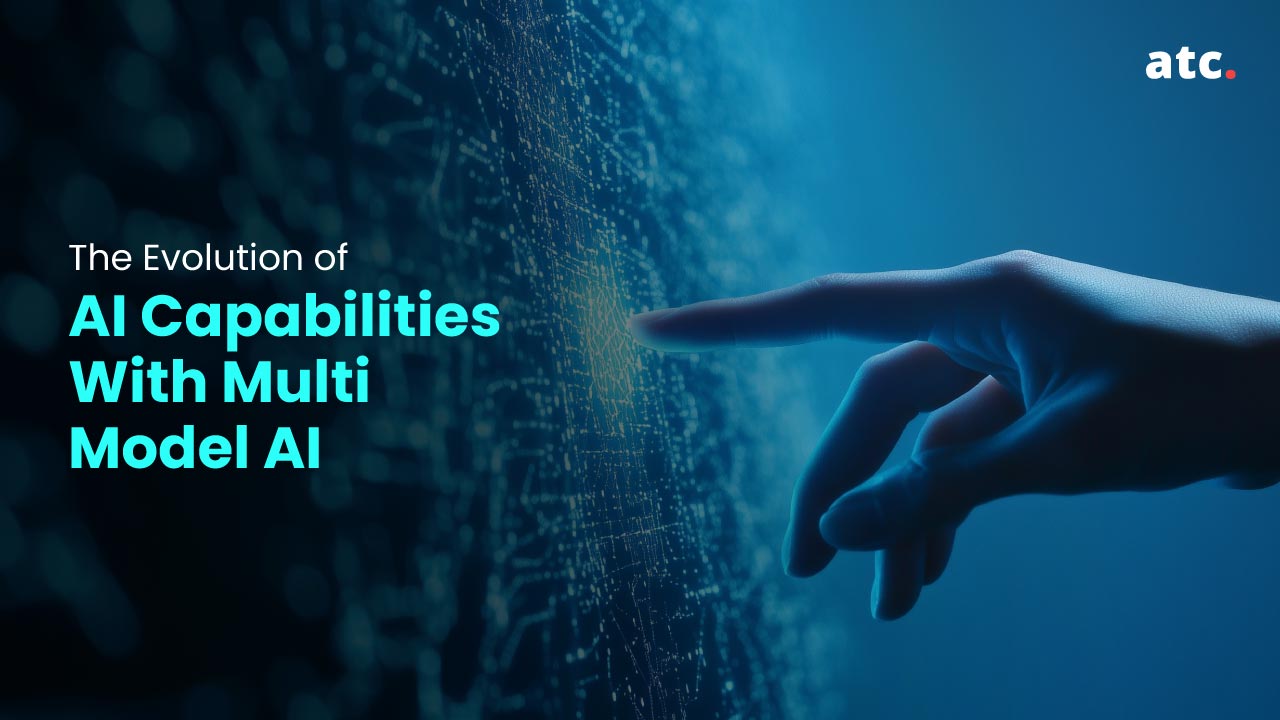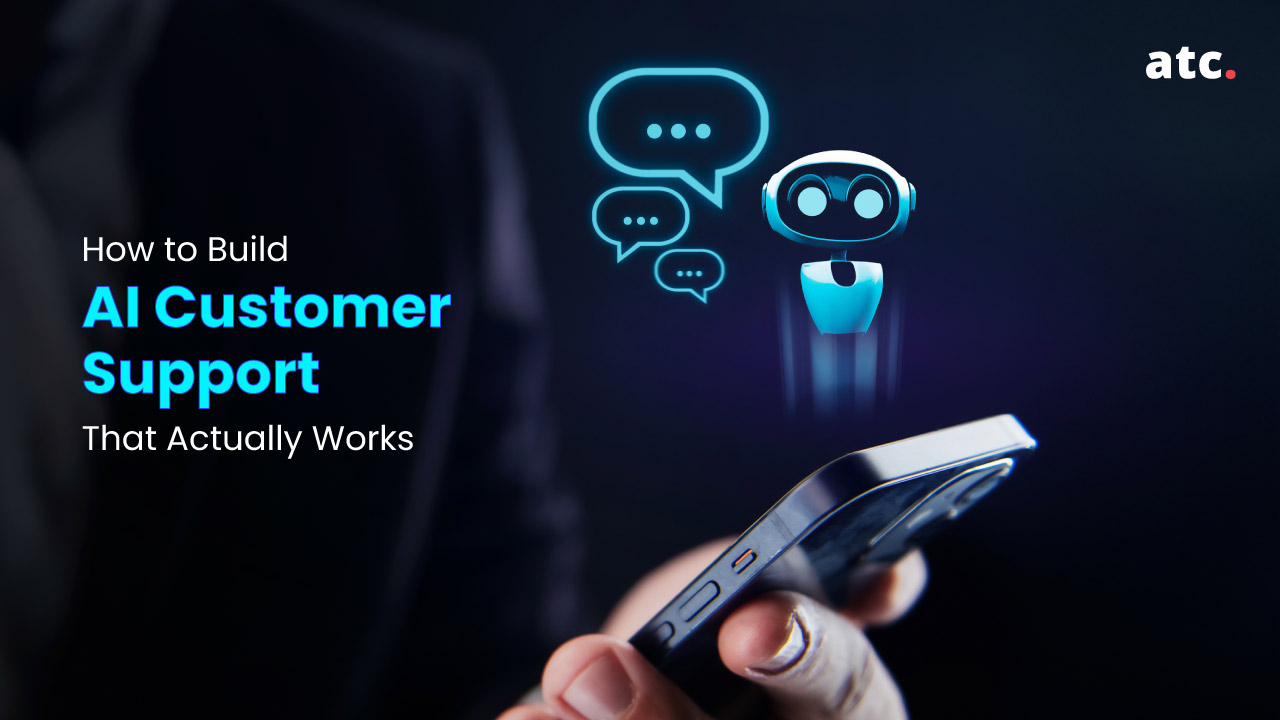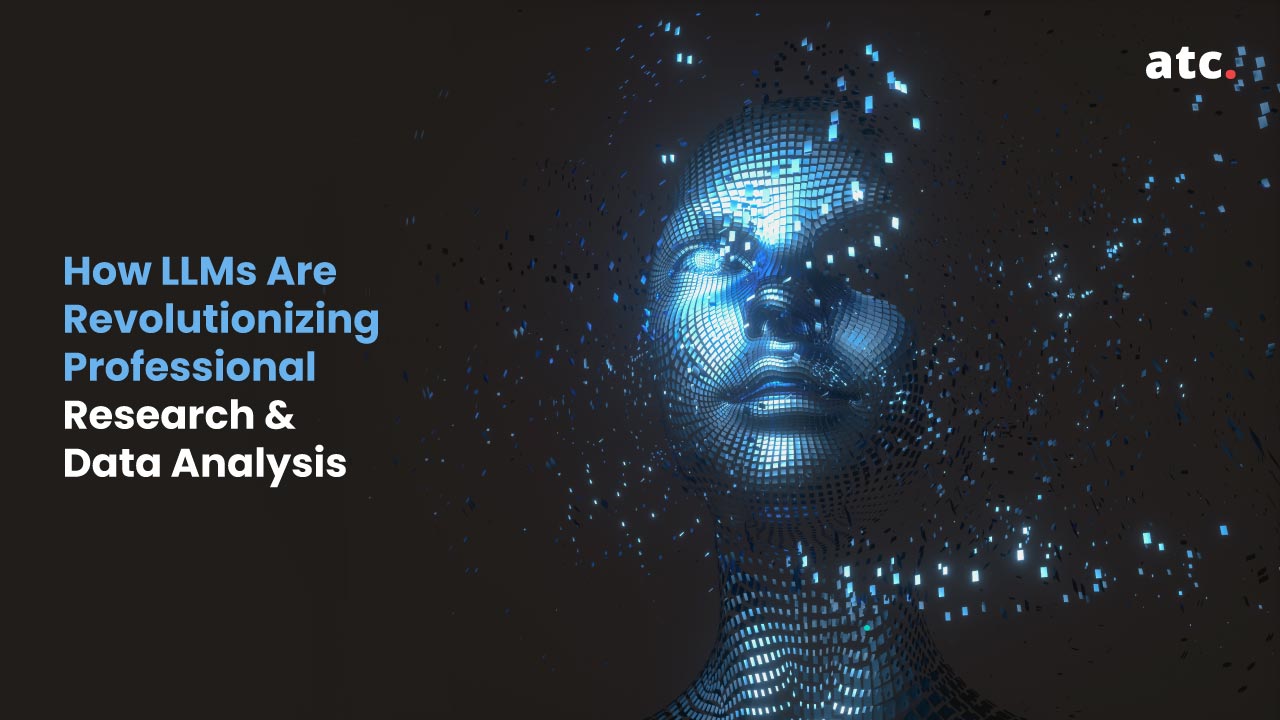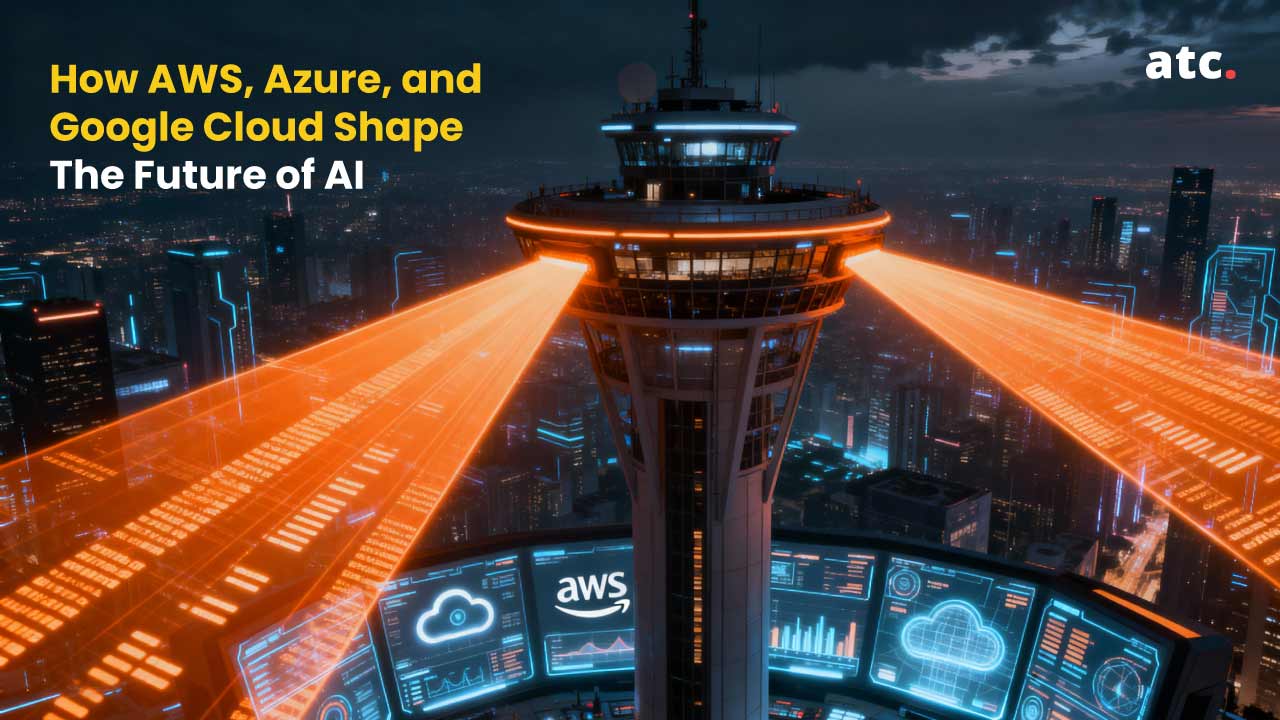Subscribe to the blog
You know what's crazy? We've got AI systems in 2025 that can look at a medical scan, read through a patient's chart, and listen to what they're saying about their symptoms all at the same time. That's multimodal AI doing its thing and it's pretty mind-blowing.
Think about this for a second. For years, we had AI that was really good at one thing. Either it could read text super well, or it could look at pictures, or it could handle audio. But never all three together in a way that made sense. Now we're seeing systems that can juggle different types of information at once. It's like they're finally learning to think more like we do.
Here's something cool - if you want to get your hands dirty with this stuff, there's a practical way to learn. ATC's Generative AI Masterclass runs for 10 sessions (that's 20 hours total). You'll work with no-code tools, learn voice and vision applications, and build your own AI agent by the end.
The Evolution: How We Got Here
Let's back up a bit. The path to multimodal AI wasn't smooth sailing. More like a bunch of "holy cow, that actually worked!" moments building on each other.
Back in the early 2020s, AI was pretty much stuck doing one thing at a time. You had natural language processing over here. Computer vision over there. And they never really talked to each other. The first real breakthrough came around 2021 with basic stuff like image captioning and systems that could answer questions about pictures. Nothing too fancy, but it was a start.
Then we got the real game-changers: CLIP and ALIGN. These weren't just small improvements. They completely changed how we thought about AI. OpenAI's CLIP figured out how to create a space where text and images could actually understand each other. Suddenly, you could search for images just using words. Or describe pictures in plain English. That was huge.
But here's where things got really interesting. By 2022-2023, we started seeing true multimodal systems like DeepMind's Flamingo and Google's PaLM-E. These weren't just connecting text and images anymore. They could process robot sensor data, understand complex visual scenes, and follow natural language instructions all in one system. It was like watching AI develop a more complete picture of reality.
Fast forward to today. We've got GPT-4 Vision and Claude 3.5 Sonnet doing things that seemed impossible just a few years back. Want to analyze a financial document with charts and graphs? Done. Need to understand emotional context from voice tone and facial expressions? No problem. We're basically watching AI learn to see the world more like we do.
How This Stuff Actually Works:
Okay, let's get into the technical stuff for a minute. But don't worry - we'll keep it simple.
The magic behind multimodal systems comes down to something called unified embedding spaces. Basically, these systems take completely different types of data - your text, images, audio, whatever - and turn them into a common mathematical language they can all understand.
Here's how it breaks down. For images, these systems use Vision Transformers. They chop up your image into small squares (usually 16x16 pixels). Then they treat each square like a word in a sentence. Pretty smart, right? Each patch gets turned into high-dimensional numbers that capture what's visually happening there. And they keep track of where each patch sits in the overall image.
The real breakthrough is in cross-modal alignment. Models like CLIP use something called contrastive learning. They learn by comparing millions of image-text pairs from the internet. The system gets really good at understanding that the word "dog" should be mathematically similar to actual pictures of dogs. It's like teaching AI to build mental connections the way we do.
Real-World Applications That Actually Matter:
Now here's where things get exciting from a business standpoint. We're not talking about cool tech demos anymore. These are real applications solving actual problems.
Healthcare is probably where we see the biggest impact. Radiologists are using systems that can look at medical scans, read patient histories, and understand symptom descriptions all at once to generate diagnostic insights in minutes instead of hours. The accuracy gains are impressive. But what really matters is the time savings. Doctors can focus on patient care instead of connecting the dots between different data sources.
Retail has been completely transformed by visual search that understands both what you're looking for and how you describe it. Amazon's StyleSnap is a perfect example. You can upload a photo of an outfit you like. It doesn't just match the visual stuff. It understands your text preferences, style descriptions, and even things like occasion or season.
Business Reality Check:
Let's talk about the elephant in the room. Deployment isn't exactly plug-and-play.
First, the costs. We're looking at anywhere from $300,000 to $800,000+ for enterprise implementations, depending on how complex things get. Healthcare and manufacturing tend to be on the higher end because of regulatory stuff and specialized data needs. And that's just development. You still need serious compute power for training and running these systems.
Data labeling is where many projects hit their first major roadblock. Unlike text-only systems, multimodal AI needs perfectly matched data across different types of inputs. Getting images with accurate captions. Audio with precise transcripts. Video with detailed annotations. It's expensive and time-consuming. We're talking $50,000-$200,000 just for enterprise-scale datasets in specialized areas.
Then there's the evaluation challenge. How do you test an AI system that processes multiple data types at once? Traditional testing methods don't work anymore. You need new ways to catch multimodal hallucinations. That's when the AI generates believable but wrong information by mixing up inputs across different data types. In critical applications like healthcare or self-driving cars, these errors can be dangerous.
Our advice? Start with cloud-based services like Google's Vertex AI, OpenAI's GPT-4 Vision, or Anthropic's Claude 3.5 Sonnet before building anything custom. Yes, per-request costs are higher. But you'll avoid the infrastructure headaches. Set up clear testing from day one. Include cross-modal accuracy testing and ways to catch hallucinations.
The Skills Gap Is Real:
Here's something that keeps us up at night. The talent shortage in multimodal AI is getting worse, not better.
Organizations need people who understand multimodal data engineering. That's way more complex than traditional data work. You're dealing with different file formats. Timing synchronization across different data streams. Storage systems built for mixed-media workflows. It's not just about knowing Python anymore.
Prompt design for multimodal systems is its own specialized skill. Writing effective prompts that use visual, text, and audio inputs at the same time requires a completely different approach than traditional text-based prompt engineering. And don't get us started on evaluation specialists who can design testing techniques for cross-modal systems.
Product integration is another critical gap. Companies need people who understand how multimodal capabilities actually change user experiences and business processes. These folks bridge the technical implementation with strategic business outcomes. And they're incredibly hard to find.
The reality is that traditional schools haven't caught up with industry needs yet. Training programs that offer hands-on experience with cutting-edge tools and practical implementation strategies are becoming essential for organizations serious about multimodal AI adoption.
What's Coming Next:
Honestly, the next few years are gonna be wild.
Real-time multimodal agents are probably the biggest trend we're watching. We're talking about AI systems that can process live video streams, conversation audio, and contextual data at the same time to give immediate responses. Customer service bots that can see your frustrated face, hear the stress in your voice, and read your complaint history all at once? That's not science fiction anymore.
Video understanding is about to get seriously sophisticated. Instead of just looking at static images, these systems will reason across entire video sequences. They'll understand timing relationships and dynamic contexts. Think real-time behavioral analysis. Automated video summaries with full context awareness. Content generation that responds to video inputs on the fly.
The democratization part excites us too. Lower-compute techniques are making it possible to run sophisticated multimodal models on everyday devices. Phones. IoT sensors. Self-driving cars. All without constant cloud connectivity. We're looking at 60-80% reductions in computing requirements while keeping most of the reasoning capabilities.
Perhaps most interesting, we're starting to see multimodal reasoning and memory systems that can keep context across long interactions. AI assistants that remember your visual preferences, audio settings, and conversation history across multiple sessions. It's like having a digital companion that actually knows you.
Wrapping This Up:
It's not some other tech trend that will be gone in six months. It is, honestly, the next big leap forward in the way machines perceive and interact with the world. We're transitioning from AI that processes one type of data to systems that think more like us. Merging vision, hearing, and language into common sense.
Technical pillars are now solidly in place. Cross-modal attention, contrastive learning, and unified embedding spaces moved beyond the experimental phase. They are validated technologies that savvy organizations are already exploiting to gain advantage. Better customer experiences, automated complex workflows, and insights that were once too-good-to-be-true—that's the world we live in today.
Certainly, challenges do exist. Testing proves to be a complex endeavor. Identifying hallucinations requires further effort. Moreover, the computing costs remain considerable. Yet, the path forward is unmistakable. Early adopters, in fact, are witnessing tangible returns on their investments.
But the skills gap? Forget about it. Salesforce, Google, they're busily building their AI teams. But the lack of skills keeps getting wider. Becoming an IT professional, as a matter of survival, is no longer optional. It's a must.
ATC Masterclass in Generative AI is a 10-part hands-on (20 hours) no-code program offering vision and voice workflows, multi-agent systems, and a capstone where a working AI agent is released. It results in AI Generalist Certification, turning passive users into willing producers. Bookings are being accepted, and there are 12 of the remaining 25 spots.
Reserve your seat: ATC Masterclass in Generative AI




